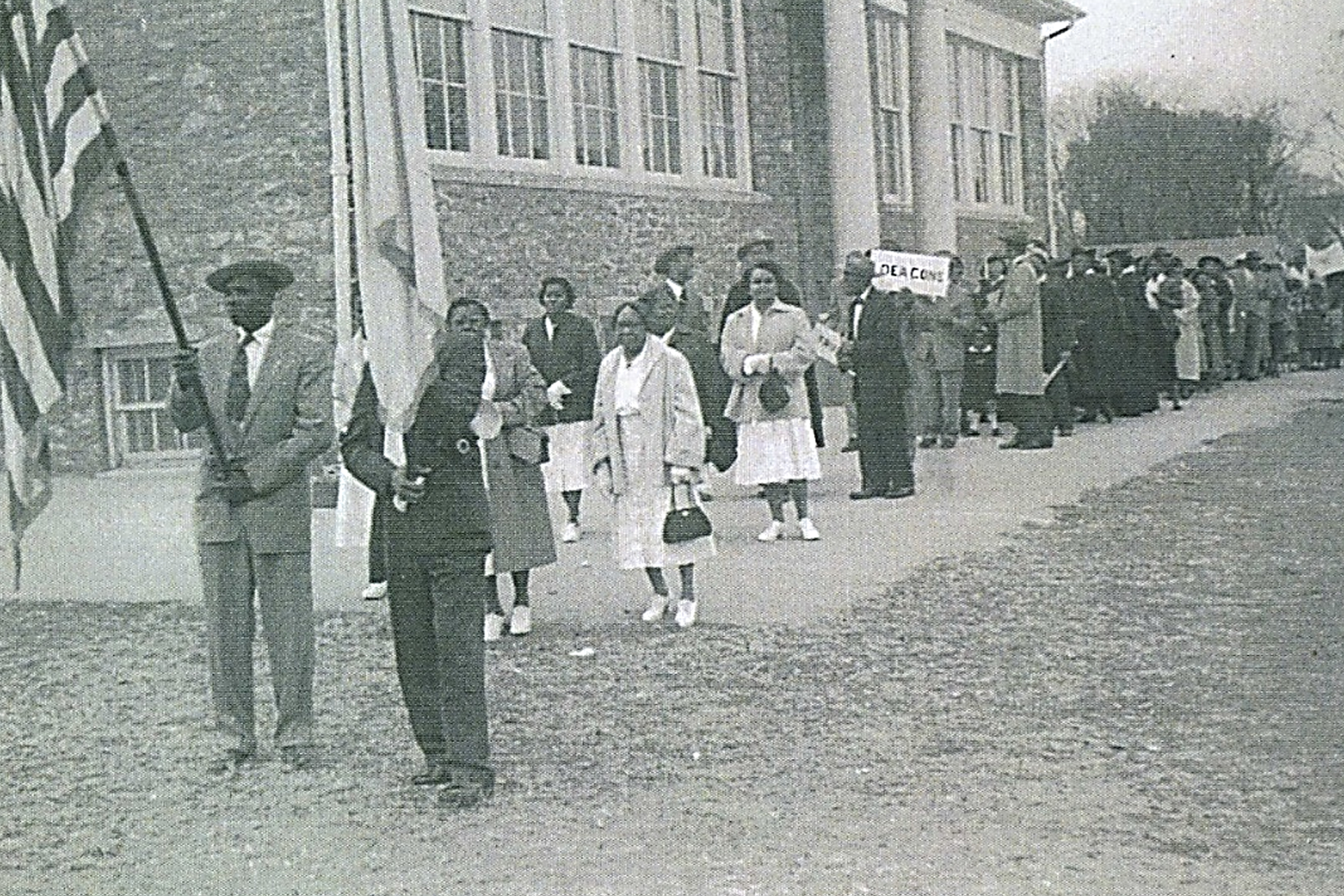OUR HISTORY
The first Passtown (“Pass”) Elementary School opened December 22, 1800, in a log cabin, as a private academy for white students. The name of the school was Pass School, also known as “Old Pass.” Through the years there were several structures that housed the school. During the early years of the Great Migration, Pass School was attended by both black and white students. This early integration ended in 1914 with the completion of a one-room brick schoolhouse, named Rainbow Elementary School, which was built specifically for the white students. The Pass School building standing today is the fourth Pass school structure. It was built in 1923, as a two-room stone schoolhouse specifically for the “colored” students.
The new two-room colored school replaced the one-room colored schoolhouse across the road that was segregated in 1914. The one-room schoolhouse was overcrowded due to a growing population of African Americans migrating from the South to work in the steel mill, Lukens Steel Company, in Coatesville, Pennsylvania. In the new two-room Pass School, grades 1 through 4 were taught in one room, and grades 5 through 8 were taught in the other room. Generations of families attended Pass School and were taught by the same nurturing teachers, Mr. Cuff, Miss Spann, Miss Washington, Miss Clary who became Mrs. Moore, Miss Foster, Miss Mason, Mr. Clark, and others.
In 1950 two rooms were added to the building. The rooms had a shared dividing wall that, when opened, allowed for large groups. Among other uses, the large room served as the temporary location (from 1954 to 1955) of The First Baptist Church of Passtown after the original church was destroyed by fire in 1954. In November 1955 the church members marched from the Passtown Elementary School through the streets of Hayti, to the new Passtown Baptist Church for the first Sunday service in the new church building. The school was an anchor and the focal point of the community and served many purposes for the residents.
Passtown School was integrated in 1957, three years after the 1954 Supreme Court decision in Brown vs the Board of Education. During its magnificent lifetime, the Passtown School building has housed a segregated elementary school, an integrated elementary school, a Head Start location, a polling location, a civic meeting place, a community center, and, for over 50 years, the Valley Township Municipal offices. The township moved its offices to a new building in 2019. The community expressed its desire that the building be redeveloped as a community center, and the Hayti Historical Society presented its proposal to the Valley Township Board of Supervisors on October 5, 2021, to repurpose the Passtown School building as a Community Center and Museum.
Passtown Elementary School is the only remaining school building from the era of segregation that is still standing in the Coatesville area and beyond. The building embodies the history of segregation, the history of the Hayti Community, and the history of a segregated way of life in a northern state in America. All other physical vestiges of segregation in this area are gone and mostly forgotten. The movie theater where “Negroes” sat in the balcony is gone (the Auditorium). The movie theatre where “coloreds” sat in the back is gone (the Palace). The old YMCA that was for whites only is gone. James Adams School which was the school where most black students attended in the 9th grade, and the white school where white students attended in the 9th grade, are both gone. The hybrid segregated school system was strategically designed so that both races went to their respective schools to establish and solidify race-based friendships before attending the integrated high school for grades 10 through 12. The high school classes were integrated, however, there was no mixing of the races on a social level. Every student knew his place.
The Passtown Elementary School is listed on the National Register of Historic Places. Passtown School is in the historic community of Hayti, in Valley Township, in Coatesville, Pennsylvania. The Hayti Historical Society is championing the school preservation effort. The Pennsylvania State Historic Preservation Office (SHPO), the Chester County Historic Preservation Office, residents of Valley Township and the Hayti community are great supporters of the Passtown School preservation project, as well as many local and regional leaders and historical organizations.
Reference: The First 100 Years 1907-2007, the History of The Frist Baptist Church of Passtown and its Home in the Beloved Community of Hayti in Coatesville, Pennsylvania by Toni Barber




